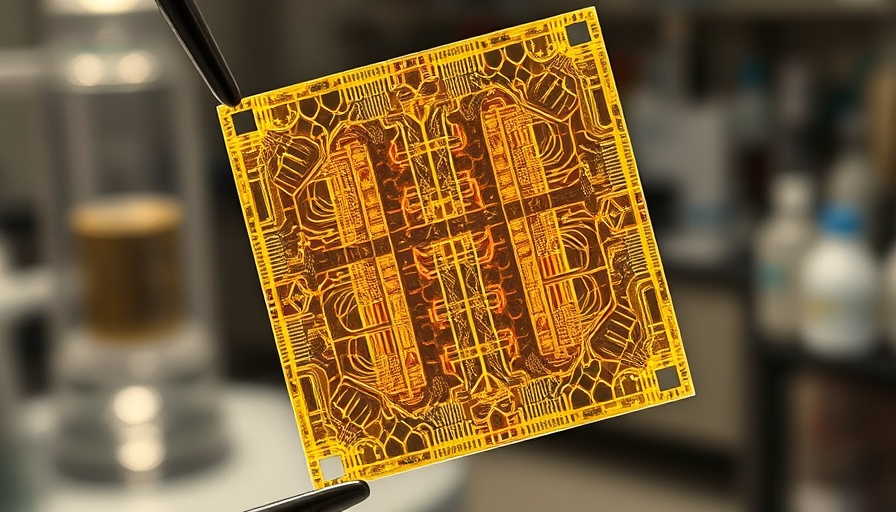
Advancements in Nanoscale Research to Elevate Perovskite Solar Cell Efficiency
The School of Engineering at the Hong Kong University of Science and Technology (HKUST) has taken significant strides in enhancing the efficiency of perovskite solar cells (PSCs), a technology considered transformative in the renewable energy sector. Their latest findings, stemming from a pioneering investigation into the nanoscale behavior of these cells, promise to address the persistent challenges that have so far limited their commercial viability.
The Promise of Perovskite Solar Cells
Perovskite solar cells are often touted as a game-changer against traditional silicon-based solar cells, thanks to their potential for superior power conversion efficiencies, lower raw material costs, and environmentally friendly manufacturing processes. However, their adoption has been hampered by stability issues under various conditions such as light exposure and humidity. Addressing the mechanisms that contribute to this instability is crucial for advancing their practical applications in the energy market.
The Nanoscale Breakthrough: Understanding Cation Distribution
Professor ZHOU Yuanyuan and her team discovered that uneven cation distribution within perovskite thin films substantially contributes to the instability of PSCs. Their exploration revealed that nanoscale groove traps, located at the triple junctions of perovskite grains, act as holding sites for cations and impede their movement, resulting in phase transitions that lead to degradation over time. Through meticulous research, the team pinpointed that these physical characteristics are fundamental to the performance and lifespan of PSCs.
Chemical Additives for Improved Performance
To counteract the detrimental effects of groove traps, the researchers implemented a strategic chemical additive approach using butylammonium acetate. This innovative application significantly reduced the groove traps' depth, facilitating a more uniform cation distribution across the perovskite structure. The results were promising: the re-engineered PSCs not only achieved efficiencies nearing 26% but also demonstrated heightened stability under controlled testing conditions.
Importance of Nanoscale Characterization Techniques
Prof. Zhou emphasizes the significance of employing advanced characterization techniques like cathodoluminescence imaging in their research. This method provided critical insights into the relationship between nanoscale groove traps and cation mobility, thereby guiding the improvements made to stabilize perovskite solar cells. By focusing on the nanoscale features, the research pioneers a pathway to enhance performance metrics previously thought unattainable with conventional methods.
Future Implications for the Solar Industry
The advancements made by HKUST in understanding and manipulating the nanoscale properties of PSCs could herald a new era for solar technology. As these cells become more reliable and cost-effective, we might see a considerable increase in their deployment across various sectors, potentially influencing energy sustainability worldwide.
Market Insights and Trends in Renewable Energy
This research ties into larger market trends where innovations in renewable technology are at the forefront of energy solutions globally. With growing concerns about climate change and energy independence, the push for high-efficiency, low-cost solar solutions is stronger than ever. Companies that stay ahead of this curve by adopting new technologies, such as advanced perovskite solar cells, may benefit significantly from emerging opportunities and incentives within the solar sector.
Conclusion: The Call for Industry Adoption
These findings from HKUST not only advance scientific knowledge but represent a substantial leap toward improving solar cell technology's effectiveness in real-world applications. As stakeholders in the renewable energy industry consider integrating these advancements into their strategies, a collaborative approach can pave the way for transformative changes in energy systems. Companies, investors, and policymakers must engage with this research to leverage its potential for guiding future developments in solar technology.
For those in the solar energy sector, understanding the implications of these advancements is key. As the field continues to evolve, aligning with research-led initiatives can help secure future growth and sustainability in the ever-competitive renewable energy market.
 Add Row
Add Row  Add
Add 



